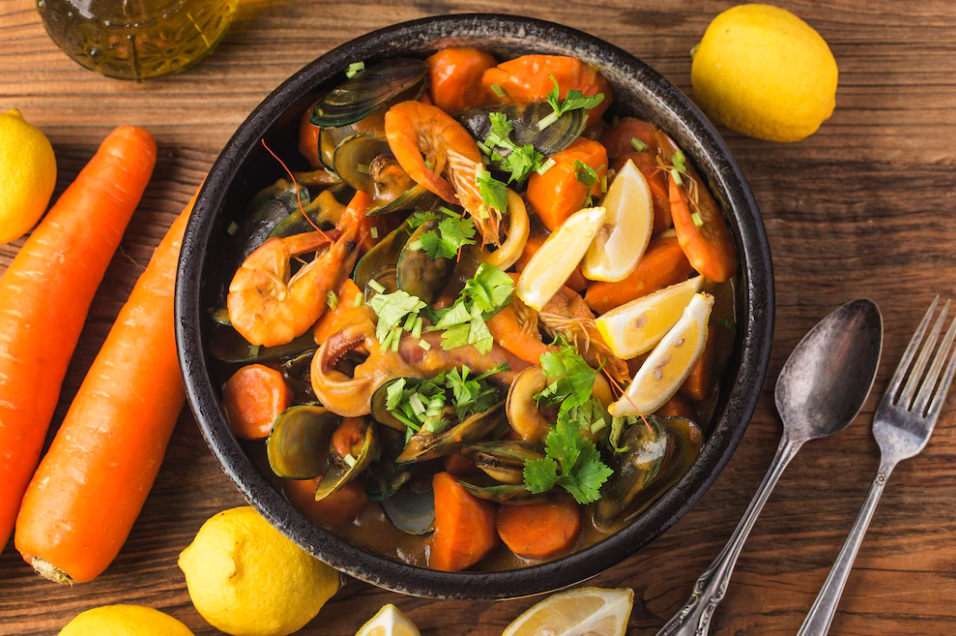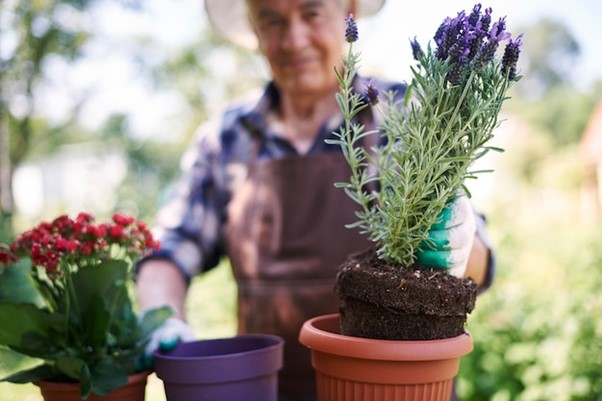Warm and cooked food is naturally more appealing to our appetites when the cold weather closes in. But this might be more than just a desire for comfort. Thousands of years of ancient wisdom tells us we should work in harmony with nature and the seasons, and consume warm food and drinks on cold days. Modern medicine too is leaning into the belief that eating cooked meals is beneficial for gut health, immunity and even weight loss.
So what’s not great about eating raw?

Eating too much raw food can cause bloating and gas, weakening the digestive system. Our bodies absorb fewer nutrients from raw food, resulting in low energy.
And if you’ve ever wondered why cold foods don’t tempt us, while we desperately crave warm dishes, it’s because hot food emits more aroma! Delicious smells stimulate the appetite, which prepares the body to start digesting.
How cooking our food can make it healthier
Heating food causes raw food to lose some nutrients and energy, but the cooking process does help break down fibre, which is a jump-start for digestion. Certain nutrients in some foods would be indigestible raw, but become more bioavailable (easily absorbed by our bodies) when cooked. Heat reduces the amount of harmful compounds and releases more vitamins and minerals.
Hot food is also usually consumed slower than cold food, which can help prevent bloating and give the digestive system more time to process each mouthful.
What traditional Chinese medicine says
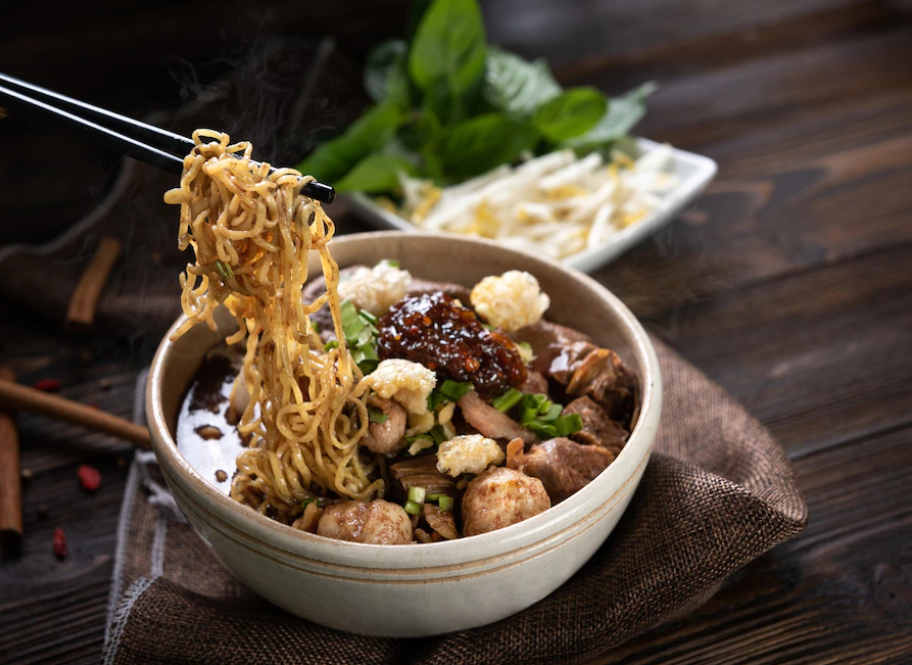
Chinese medicine suggests that before the body can start digesting, the food needs to reach body temperature. Ingesting cold food means the body must first use up energy to warm it before it can start breaking it down. This extra work can lead to gut irritation and—again—low energy, especially for those who already have sensitive digestive systems
What Indian Ayurveda says
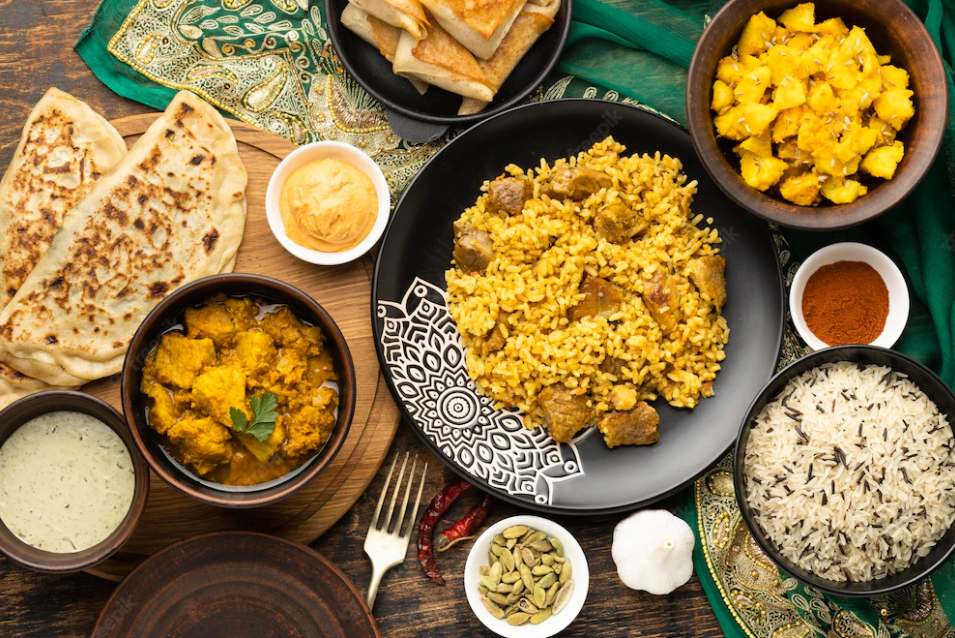
Ayurveda originated in India thousands of years ago. In this practice, it’s not so much the external temperature that categorises a food as “warming” or “cooling”, but the effect it has on the body once consumed. Warming foods (including root vegetables, broccoli, spinach, mustard and mint) are said to aid digestion, lift energy, and improve circulation to warm up cold hands and feet.
Adding warmth to our daily menu
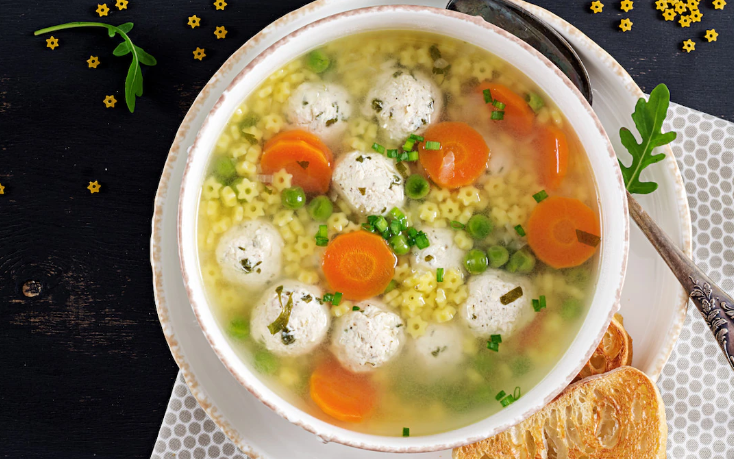
When it’s cold outside, it’s important to eat warm. Try these ideas:
- Instead of cereal with cold milk, serve porridge, egg dishes or toast
- Swap salads for warm cous cous or quinoa bowls
- A sandwich lunch can be replaced with a toastie or toasted wrap
- Make soups and stews
- Serve dinners with a side of steamed veggies
- Add warming spices like cinnamon, ginger and turmeric to your cooking
- Swap ice-cream and cold desserts with puddings and custard
- Sip hot drinks throughout the day and avoid ice-cold water
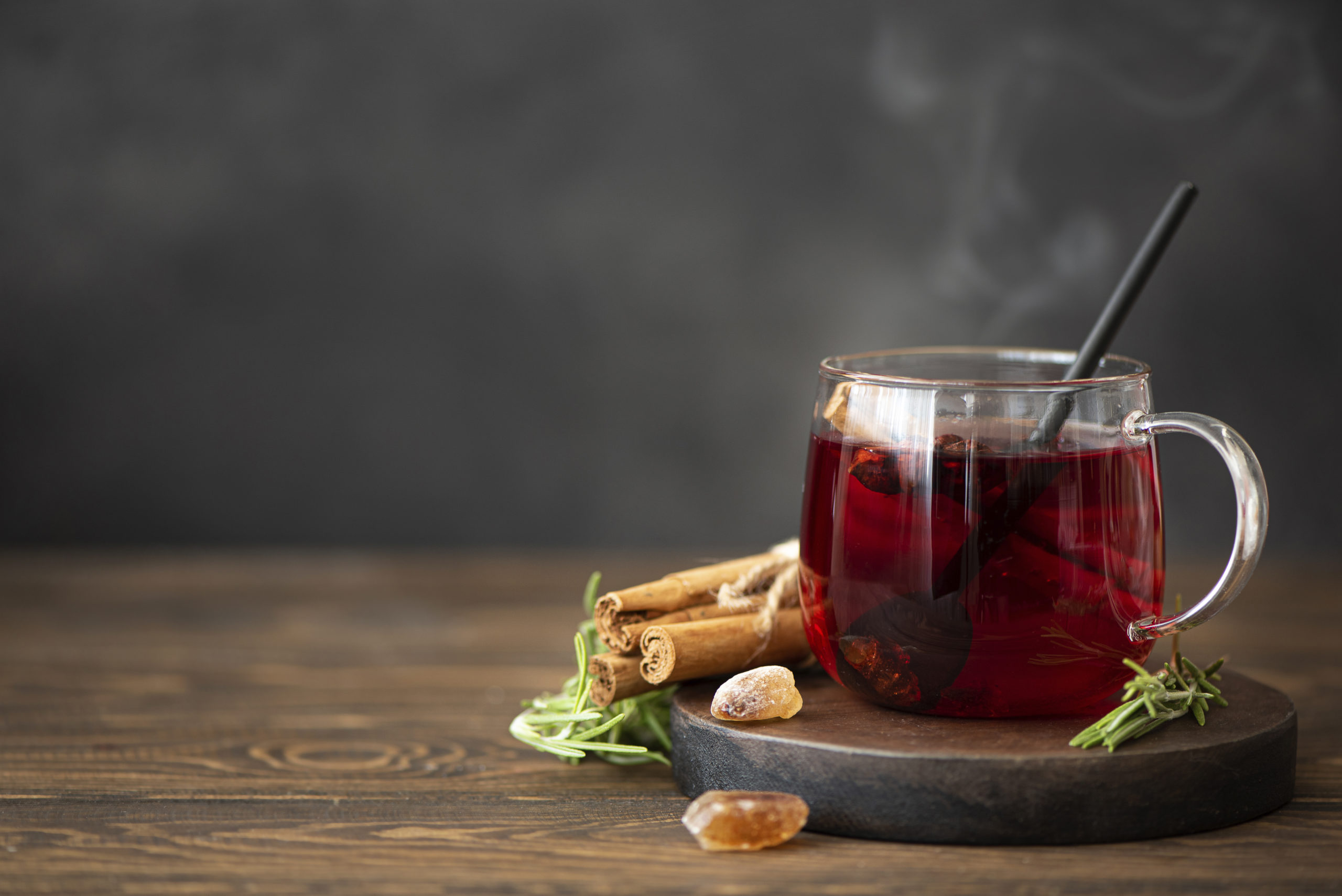
Hot food isn’t just appealing to our senses. Eating warm meals can improve our digestion and circulation, give us more energy and keep us warm. So especially when the days are crisp and the evenings are chilly, make sure to keep it toasty. Your gut will thank you!
Looking for over 50s lifestyle living? The AVA Communities lifestyle villages at Geelong and Yarrawonga are designed to support over 50s wellness, and make it easier for you to find ways to keep your mind healthy, active and firing. Click here to find out more.

